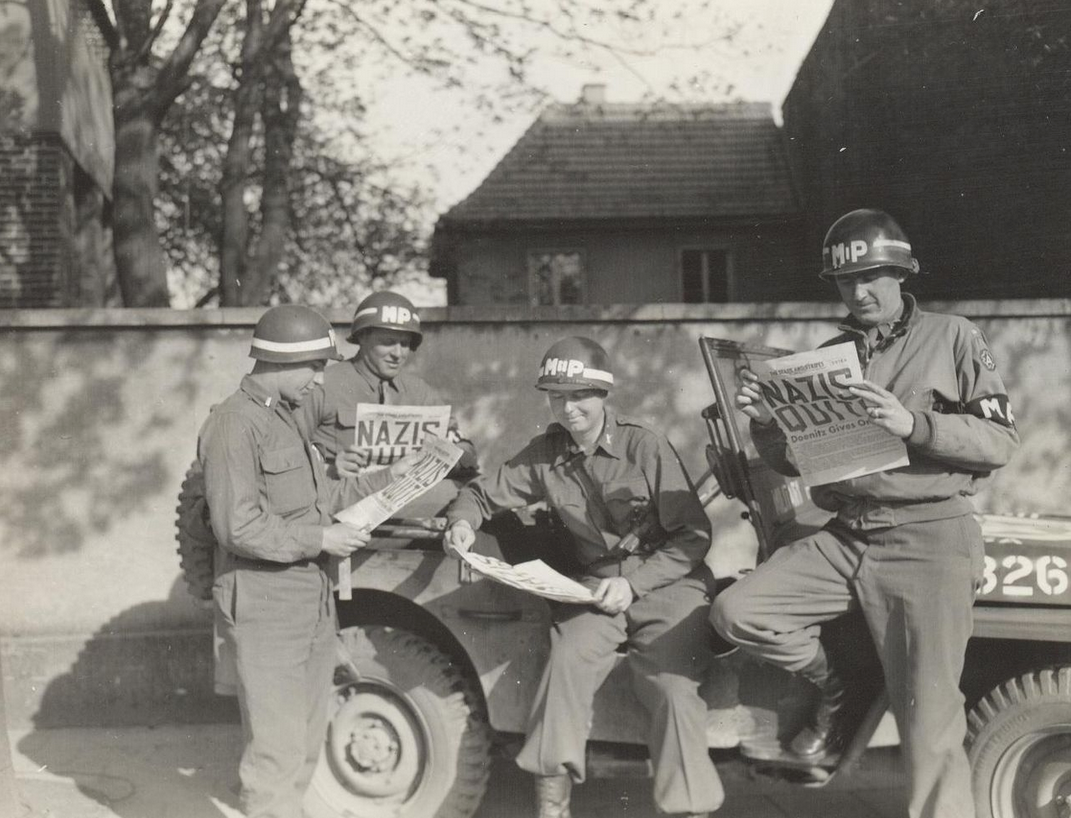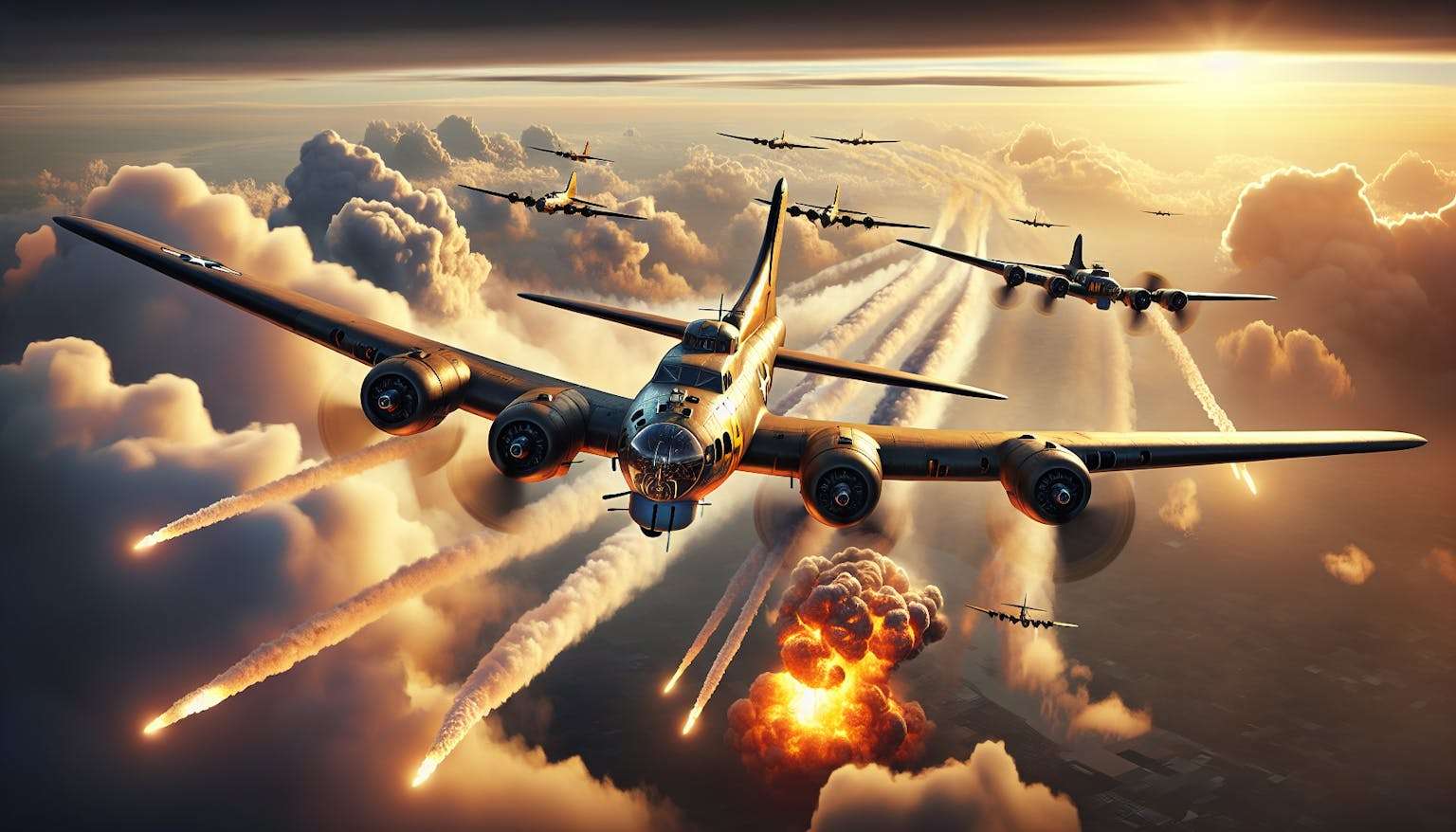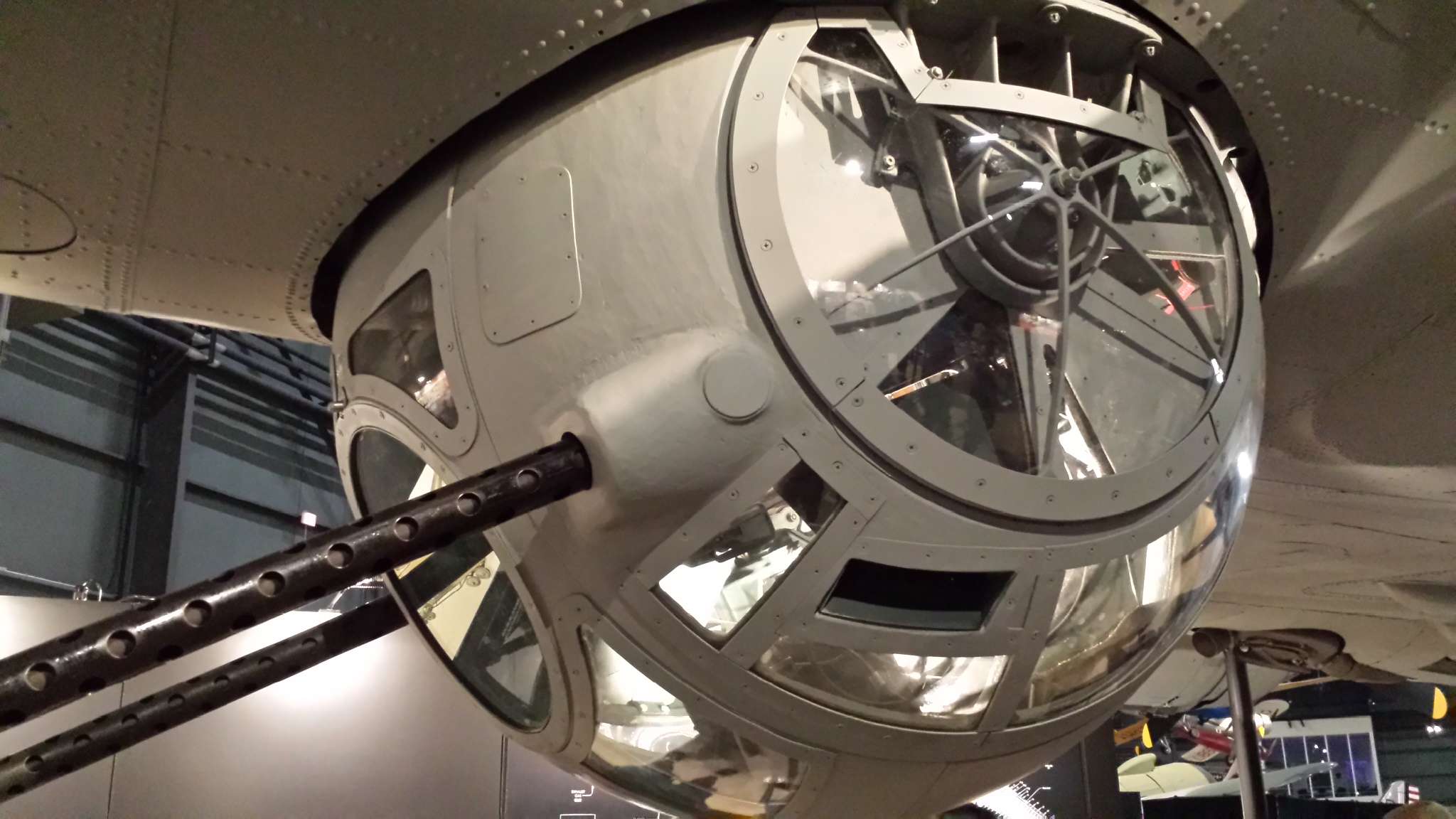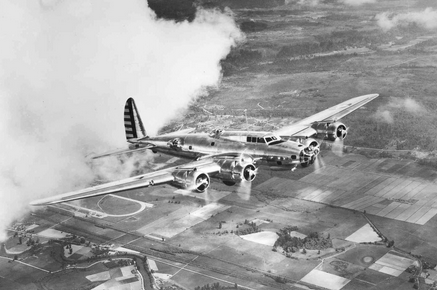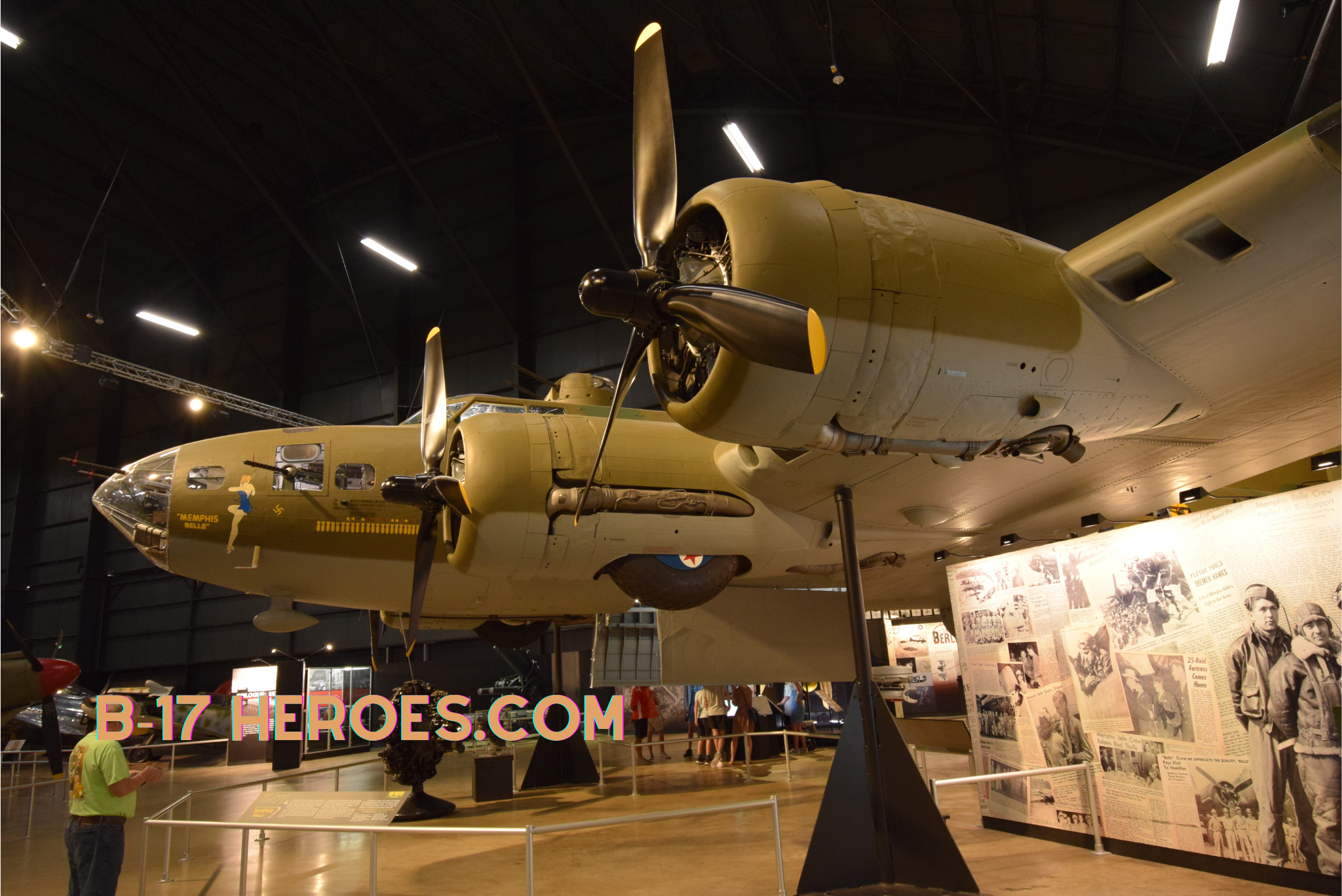WWII veterans
World War II veterans, commonly referred to as the ‘Greatest Generation’, played a critical role in preserving the freedoms of the nation and liberating much of the world under the Axis powers. The bravery and sacrifices of these veterans helped the Allied forces to victory, and the courage they displayed in the face of danger is still remembered today. As a result of their selfless efforts, WWII veterans are now widely celebrated, and their service continues to be honored in a variety of ways. Today, WWII vets are often recognized and respected as national heroes, and their legacy will continue to inspire generations of Americans for years to come.
European theater
European theater during the time of the Greatest Generation saw a dramatic shift from the traditional theatrical structures of the past. With the advent of World War II, new styles of theater began to emerge that focused on the theme of war. These plays often combined elements of physical theater, improvisation, and interactive staging to create a new form of artistic expression. Plays such as Bertolt Brecht’s Mother Courage and Her Children, Jean Anouilh’s Antigone, and Arthur Miller’s All My Sons emerged to provide a voice to the struggles of the Greatest Generation. These plays also provided a platform for a new generation of actors, directors, and writers to explore the themes of war, politics, and humanity. Through the productions of these plays, the Greatest Generation was able to share their experiences and bring the war to life for audiences.
American homefront
The American homefront during World War II was a time of remarkable resilience and patriotism. Family life was marked by sacrifice, as many loved ones were serving overseas, and rationing was commonplace. Despite the hardships, the people of the United States were determined to win the war and to support the troops in any way possible. Women took on greater roles in the workforce, and children played an important part in the war effort by collecting scrap metal and collecting supplies for troops overseas. The homefront was a testament to the strength and courage of the Greatest Generation, and their determination to fight for a better future for the world.
Rosie the Riveter
Rosie the Riveter is an iconic symbol of the American workforce during World War II, representing the millions of women who went to work during the war to fill the void left by the men who joined the military. She symbolizes the strength, resilience, and determination of the entire generation that lived through the Great Depression, fought and won World War II, and built a better world for future generations. The term “Rosie the Riveter” was first used in 1942 to encourage women to join the war effort, and the image of Rosie has become a symbol of female empowerment and strength around the world. Rosie the Riveter stands as a testament to the incredible courage, strength, and determination of the Greatest Generation.
Battle of the Bulge
The Battle of the Bulge is one of the most iconic battles of World War II, and is an important part of the story of The Greatest Generation. This battle was fought from December 16, 1944, to January 25, 1945 on the Western Front in Europe, and was the last major German offensive campaign against the Allied forces. It was an incredibly difficult battle, with the Germans utilizing surprise tactics and inclement weather to their advantage. The Allied forces, however, were able to turn the tide of battle and ultimately emerged victorious. The Greatest Generation, with their courage and determination, overcame this bitter battle and went on to defeat the Axis powers. The Battle of the Bulge was the last major German offensive of the war, and its outcome was a testament to the courage and strength of The Greatest Generation.
Pearl Harbor
The attack on Pearl Harbor on December 7, 1941, is often credited with launching the United States into World War II and is considered a defining moment of the “Greatest Generation”. Over 2,400 American military personnel and civilians were killed in the attack, and the event sparked a period of intense patriotism and national pride across the United States. American citizens were unified in their desire to fight for their country and defend the freedoms that they believed in. The attack on Pearl Harbor served as a call to action for the Greatest Generation to rise up and protect the nation from its enemies.
D-Day
The Greatest Generation made many sacrifices throughout World War II, but perhaps none so great as the sacrifice made during the Allied invasion of Normandy, more commonly known as D-Day. On June 6, 1944, Allied forces stormed the beaches of Normandy, France in an effort to liberate Europe from Nazi control. Despite the overwhelming odds, the brave soldiers of the Greatest Generation did not falter in their mission, and their courage and determination allowed them to succeed, setting the stage for victory in the war. The legacy of D-Day and the entire World War II effort will always be remembered as a great victory against tyranny as it sealed the fate of the Nazi empire.
Rationing
The Greatest Generation experienced significant rationing during World War II. Rationing was a system of limiting the number of certain goods available to the public, such as food and other supplies. It was implemented to ensure that all citizens had access to the necessary resources to live during the war. This was especially important for those on the home front, as resources were limited due to the demands of the military. Rationing created a sense of shared sacrifice among the citizens of the Greatest Generation and was seen as a necessary evil to ensure the nation’s victory.
Victory gardens
Victory gardens were a staple of the Greatest Generation during World War II. They were gardens planted by citizens on their own property, usually in the backyard, to help supplement their families’ diets. The gardens also helped to free up food for the troops and reduced the strain on the nation’s food supply. Victory gardens produced a variety of vegetables, such as tomatoes, carrots, and potatoes, as well as fruits, herbs, and flowers. The gardens also became a way for people to come together during difficult times and help their communities. Victory gardens were famous throughout the United States and Canada, with millions of people planting gardens. The gardens were a symbol of the patriotism and resilience of the Greatest Generation, and many of them still exist today as a reminder of that spirit.
Allied victory celebrations
The Allied victory celebrations marked a joyous period for the ‘Greatest Generation’. After years of fighting and sacrifice, citizens of the Allied nations celebrated the end of World War II with jubilation. In the United States, people poured into the streets of major cities like New York, Los Angeles, and Washington DC, waving flags and singing patriotic songs. Celebrations were also held in Europe, with parades, fireworks, and concerts taking place in both London and Paris. Many of the people who had experienced the war firsthand were overwhelmed with relief and joy, and the celebrations continued into the night, with dancing, music, and fireworks. The Allied victory celebrations were a fitting end to the war and a reminder of the courage and resilience of the ‘Greatest Generation’.

